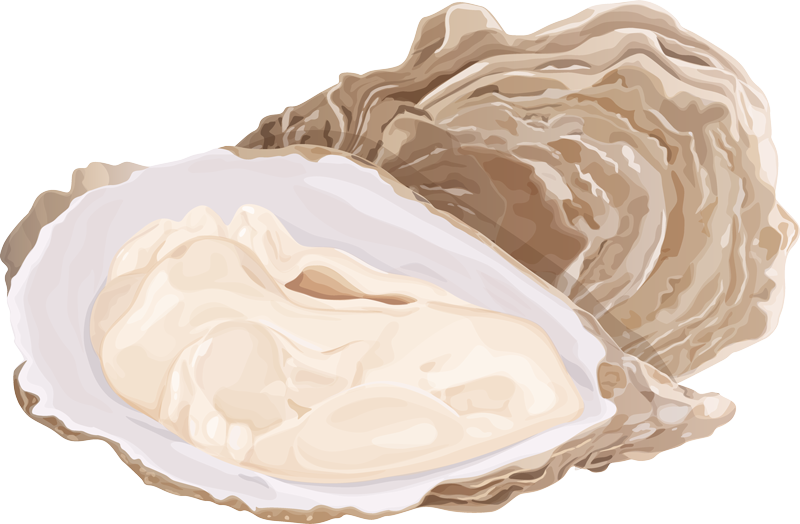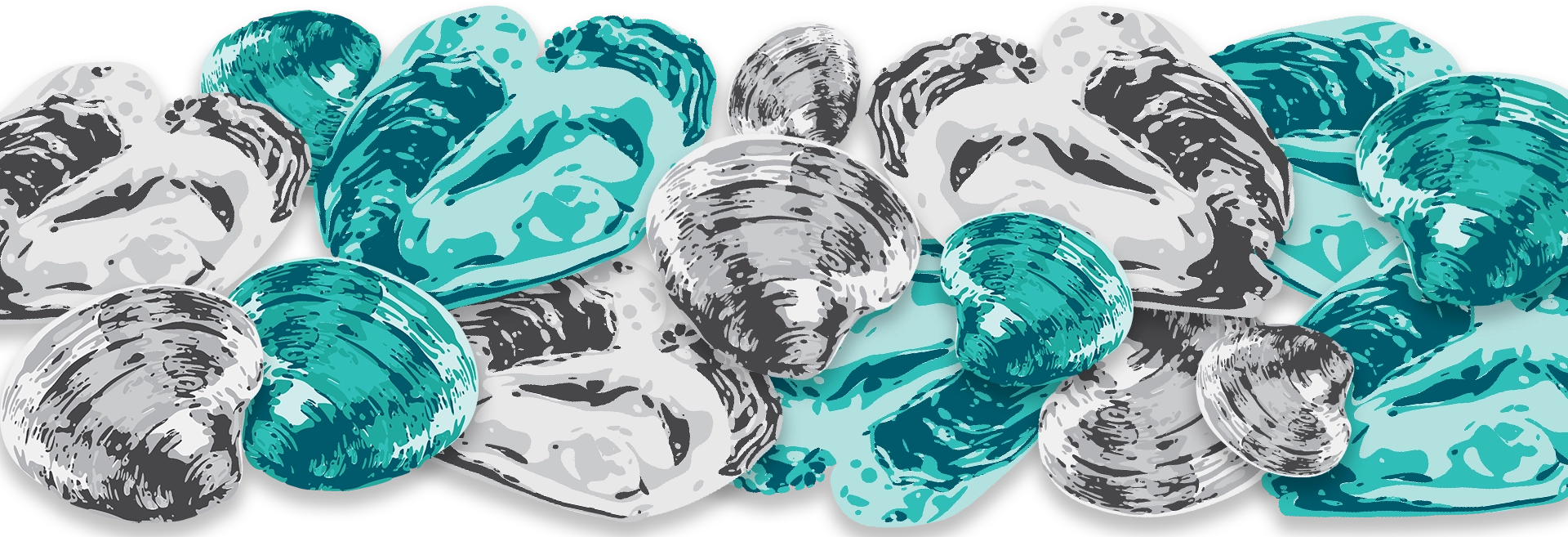Many customers are new to buying, shucking, and serving oysters. While they have enjoyed consuming oysters in restaurants and bars, there is a fear of mishandling or becoming ill by consuming spoiled seafood.
Providing customers with assurance the product will arrive safely for consumption and instructions on handling oysters are essential for building brand trust and loyalty.
Below are explanations and examples of the type of information that needs to be provided on the ecommerce website to build consumer confidence and repeat purchases. This information can be provided to the customer on a “Shipping and Storage” page on your website or an FAQ page.

If you are using unique, recyclable, or biodegradable packaging, let your consumer know. Customers are always looking for market differentiators and brands that align with their beliefs and practices (recycling, saving the earth, etc.) Describing and highlighting the type of packaging is especially important if it is part of your brand, e.g. only using biodegradable packaging because your farm focuses on earth‐friendly solutions.

Example Copy
The customer will have questions about shipping days, order cutoffs, and shipping options for safety, planning, and expected delivery. Providing your customer with information on the shipping options and order cutoffs can help convert sales and reduce contacts asking repeat questions.
Example Copy
Regional pick‐ups are typically for online orders, though it is suggested you have some extra on hand to sell to walk‐up customers.

Regional pick‐up operations are most successful when scheduled in advance at the same locations. As an example, 2nd Saturday of the Month at the Fredericksburg Farmer’s Market. Additional location options include breweries, wineries, and music venues.
Example Copy
The most important part of the farm pick‐up option is ensuring you are available. Most customers do not understand that oyster grounds are typically not close to the landing and the workforce is out on the water. The best option is to pick specific days and times that an employee will be available to process farm pick up orders.
Farm pick‐ups are typically for online orders, though it is suggested you have some extra on hand to sell to walk‐up customers.
Example Copy
Providing the customer recommended storing information builds consumer confidence, provides more flexibility when planning events, and builds consumer trust.

Most companies suggest storing oysters no longer than 3 days after arrival. Shipped oysters have often traveled long distances and, even in insulated packaging, have been exposed to temperature changes. The goal is for the customer to have a delightful experience and become a repeat buyer. Advise accordingly.
Example Copy
The customer needs guidance on safely consuming oysters. Even when oysters are consumed on the day of arrival, there can be expired oysters straight out of the shipping box. Providing simple guidance on spotting an expired oyster will build consumer trust and confidence in your oysters. Providing a “foodborne illness” warning is recommended.
Example Copy
